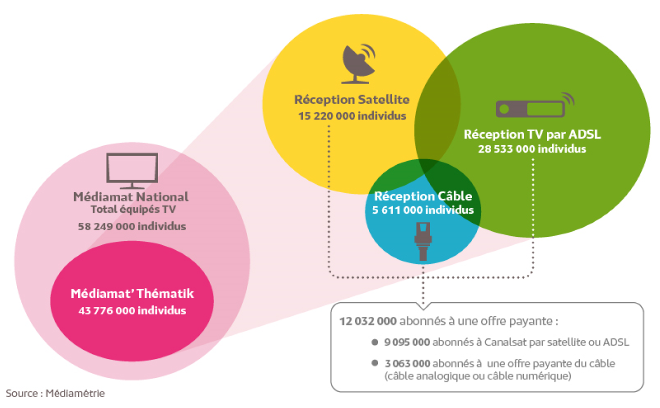
Zenterio wins landmark deal with Megacable – Mexico’s largest MSO
- Zenterio will roll out its independent Zenterio OS and HTML5 UI framework JetUI on both legacy set-top boxes and on all new set-top boxes being deployed by the major LatAm operator
STOCKHOLM — Zenterio, a leading TV technology and services provider, has won a major deal with Megacable, Mexico’s largest multiple-system operator (MSO), to enhance Megacable’s existing TV platform and generate additional revenues from new IPTV and OTT applications.
The deal with Megacable is Zenterio’s first direct deployment with an operator of this magnitude in the LatAm market and it shows the global appeal of an independent operating system as well as the importance of being able to offer a customizable UI that can be adapted to local requirements.
Zenterio OS will run on all new set-top-boxes being deployed and will be used to migrate several different legacy boxes in order to harmonize the operational environment. Making full use of Zenterio’s JetUI framework will also enable Megacable to provide a unified, attractive and intuitive user experience across all devices. The new TV platform means that Megacable diversifies its distribution techniques and adds IPTV and OTT applications to its offering.
Jorgen Nilsson, CEO, Zenterio, said: “Harmonizing the software environment means that the TV operator will cut cost on operations, maintenance and support, and that is a major improvement in and of itself, but the most important thing is that having the same OS on every box also means that you only need one integration for any new service. As the TV industry undergoes a rapid transformation, operators must meet new demand, create new services and revenue streams, and cut time to market to remain competitive. In addition, this creates a great opportunity to take a leading role in defining this change, so we are very excited to partner with Megacable in Mexico.”
The completed TV platform, including Zenterio OS and Zenterio’s HTML UI framework, will run on six different STB models initially (three with DOCSIS and three with Ethernet) and will support Live DVB-C, hybrid OTT, adaptive streaming, network PVR and time shift as well as start-over TV, catch-up TV, video on demand and social sharing.
The project is part of a major transformation of the Megacable offering, marking the transformation from being a cable operator to a hybrid operator by adding IPTV. The full scope also entails changing out the back-end, the CAS provider and launching exciting new OTT services. The first launch of these new services is expected in early 2017 and will mean an improved TV experience for all of Megacable’s almost 3 million subscribers.
Henrique Yamuni, CEO, Megacable, said: “Through our agreement with Zenterio, we will be able to provide a superior user experience and make it easier and more intuitive for our subscribers to find and enjoy their favorite shows. The solution will also give us a unified user experience across all platforms and the opportunity to monetize additional content models. At Megacable we strive to be a cutting edge company offering innovative solutions to our subscribers and we are certain that Zenterio will help us towards achieving this.”
The Mexican pay TV market is growing rapidly, adding 13% year-on-year to a total of 18.2 million subscribers, and in 2017 it is expected to become the third largest market in the Americas after the U.S. and Brazil, according to Quantum Web. Megacable is growing faster still and increased its subscribers by 17% year-on-year to a total of 2.98 million.








